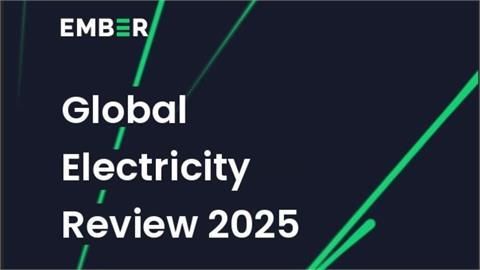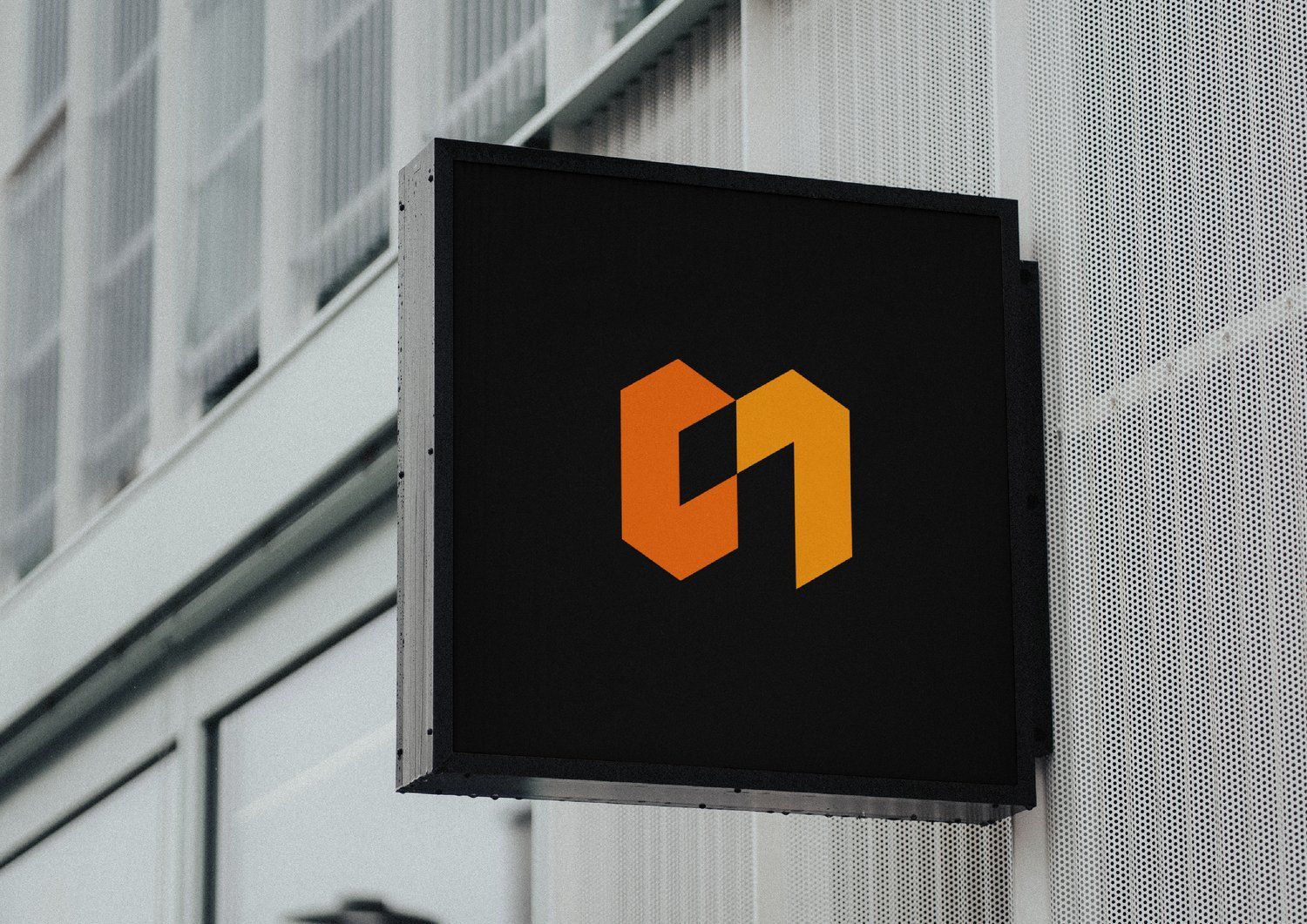Forecasting the Forecast: Why Weather Needs a Bigger Seat at the Energy Market Table
If you’ve been in Sydney over the past few weeks, I think you’ll agree that the weather is getting more and more unpredictable recently. I can't tell you how many times I've heard ‘Sydney weather is turning into Melbourne weather!’ but what does that have to do with the Energy Market….?
As Australia’s energy mix shifts toward net zero (even if some parties are abandoning their targets), our most critical fuel source isn’t something we can dig up or burn, it’s the weather. Wind and solar are now dominating generation across both the NEM and WEM. At times, they supply over 70% of the grid’s electricity. Rooftop solar alone contributes 17 GW in the NEM — more than any single generation technology in the country.
But here’s the catch: as the last few months have proved, the weather is inherently unpredictable, or as the NEM nerds like to say ~ volatile ~ and when your fuel source comes from the sky, forecasting becomes everything.
Weather is the Fuel — and It's Unstable by Nature
The old system was built around controllable generation: coal, gas, hydro. You could plan it, schedule it, and dispatch it on command. Now, with renewables, output depends on cloud cover, wind speeds, temperature, and even smoke haze.
This makes forecasting not just important, but mission-critical. Accurate weather prediction now underpins:
- System stability
- Market efficiency
- Dispatch planning
- Real-time supply-demand balancing
- And as more coal exits the grid, the margin for error gets thinner.
The Tech Keeping the Lights On
Forecasting has come a long way — and it has to. AEMO and other market operators now use a stack of tools that combine:
Numerical weather prediction models (NWPs). These are physics-based simulations run on supercomputers, ingesting global meteorological data to predict conditions at a granular scale.
Statistical learning models. Algorithms trained on historical weather and generation data to detect patterns and forecast output under similar conditions.
Real-time satellite imagery. Especially important for rooftop solar. High-resolution cloud movement helps estimate how much solar PV will actually reach the grid in the next 5 to 60 minutes.
Machine learning and ensemble models. These combine multiple forecasts into one smarter, more accurate view. They also provide probability ranges — critical for managing uncertainty, not just averages.
This tech stack is evolving rapidly — and must continue to, as the system becomes more variable and complex.
From Forecast to Action
In practical terms, these forecasts feed into:
- AEMO’s dispatch engine (every 5 mins in the NEM, every 30 mins in the WEM);
- Reserve assessments and outage planning; and
- Market participant strategies — bids, hedges, and demand-side responses.
Even small errors can ripple. Over-forecasted solar? You risk curtailments or system frequency issues. Under-forecasted wind? The market scrambles to fill the gap — often at a premium.
I've seen a noticeable shift in resource planning and budgets going towards weather forecasting (whether that be in-house analysts, software or consultancy spend). There's always going to be an element of guesswork in forecasting the weather and how it affects the grid, but the more we can trust the forecast, the more confidence we have in operating a fast, flexible, and cleaner grid.
It’ll be interesting to following the development of predicative software, and the changing analytical skillsets and team members to follow... give me a shout if your team is also bringing in weather analysts in-house for energy market analysts.
So, next time someone says “Sydney weather is turning into Melbourne weather,” just smile and think: that’s not just a wardrobe problem — it’s a market problem. In the energy world, clouds aren’t just in the sky, they’re in the data. After all, in this market, the real power move is predicting the unpredictable.
The body content of your post goes here. To edit this text, click on it and delete this default text and start typing your own or paste your own from a different source.









